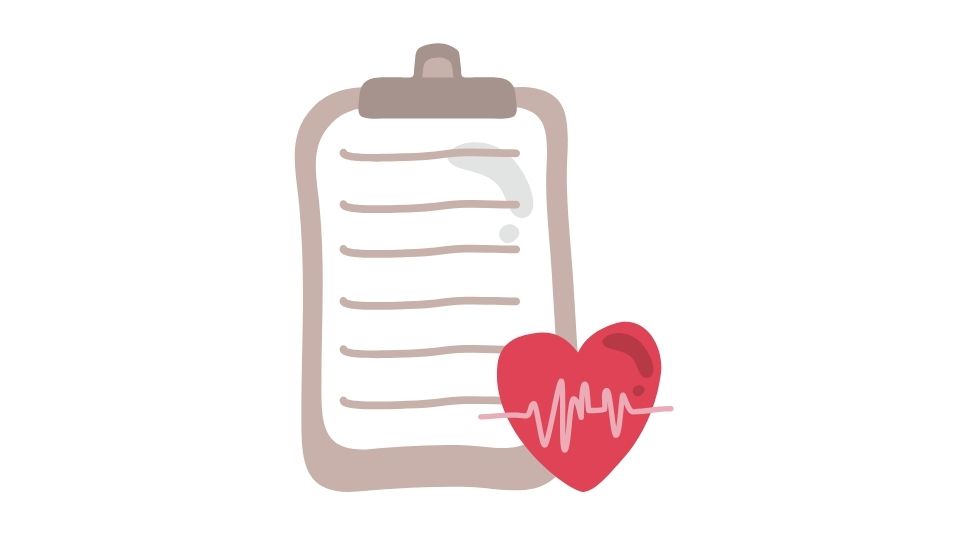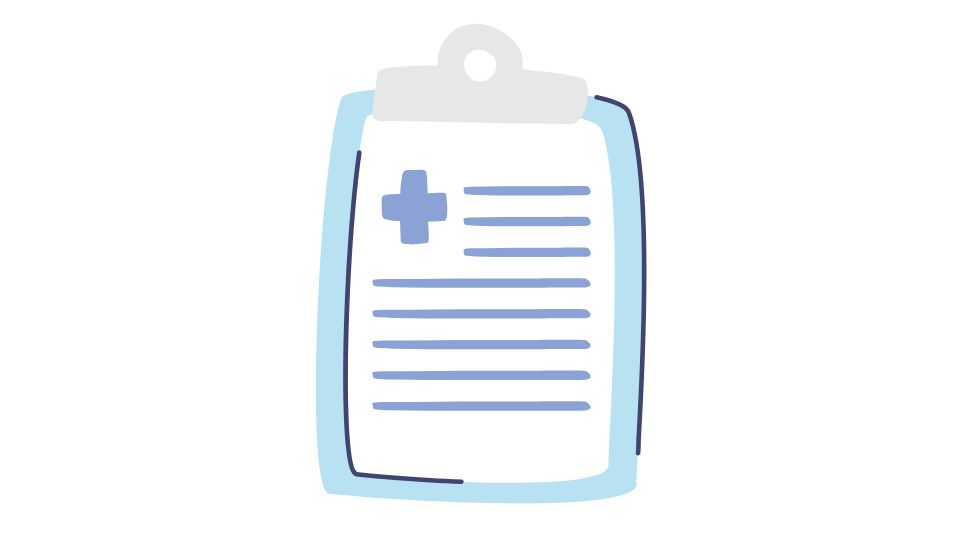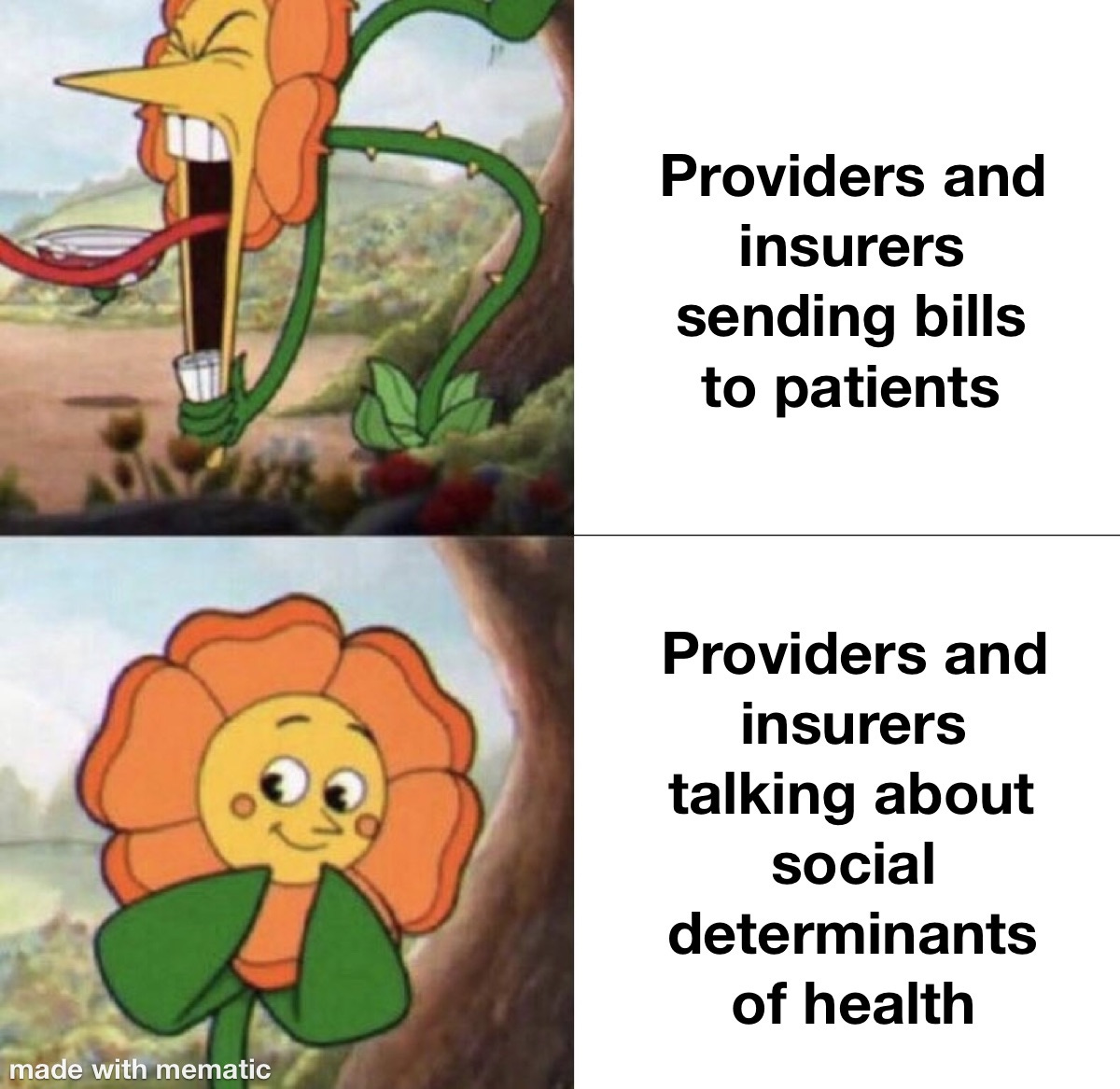How to Measure Health Equity in Your Organization or Program

Ever feel like healthcare is a slot machine where some people always hit the jackpot while others can’t even afford to play? That’s basically what health equity is all about.
Today I want to talk about how we actually measure health equity – because if we can’t measure it, we can’t improve it. And spoiler alert: it’s not as simple as checking who has health insurance.
How to Measure Health Equity
Health equity isn’t just about making sure everyone has the same access to healthcare (though that’s important too). It’s about making sure everyone has a fair shot at being healthy, period.
And measuring it? Well, that’s where things get interesting.
Step 1: Figure Out What You’re Actually Trying to Measure

Set Clear Goals and Pick Your Metrics
Start by setting specific, measurable goals for health equity. Vague wishes like “let’s make healthcare better for everyone” won’t cut it.
Instead, try something like:
- Reduce maternal mortality rates for Black women by 50% over 5 years
- Increase vaccination rates in low-income neighborhoods to match high-income areas
- Ensure non-English speakers receive the same quality care as English speakers
Then you need KPIs (key performance indicators) to track how you’re doing:
- Patient outcome metrics: Are different demographic groups experiencing different health outcomes? (Like how diabetes complications vary dramatically by race and income)
- Access metrics: Who’s getting preventive care? Who’s seeing specialists?
- Workforce metrics: Does your medical staff look like the community they serve?
- Training metrics: Is everyone completing cultural competency training?
Step 2: Get Your Data Game Strong
Data Collection
You need demographic data on:
- Race and ethnicity
- Language
- Gender identity
- Income and education level
- Housing status
- Disability status
But remember: collecting this data requires sensitivity and privacy. People have good reasons to be wary about sharing personal information.
Data Analysis
Once you’ve got the data, you need to make sense of it:
- Who’s getting diagnosed later for serious conditions?
- Which groups have trouble completing follow-up care?
- Where are preventable complications happening more often?
Modern data analytics can help spot patterns you might miss. And trust me, there are always patterns.
Step 3: Compare Apples to Apples
Establish Your Comparison Groups
Set up groups to compare:
- A “standard” group (like a well-resourced population)
- Groups affected by specific social determinants (like a low-income community)
This helps you understand disparities compared to a baseline. For example, research shows that life expectancy can vary by 20+ years between neighborhoods just a few miles apart in the same city. That’s not a typo – TWENTY YEARS.
Select Relevant Health Metrics
Choose metrics that matter:
- Vaccination rates
- Infant mortality
- Chronic disease management
- Mental health outcomes
- Preventable hospitalizations
Use Benchmarks
Compare your results against benchmarks:
- National averages
- Similar communities that are doing better
- Your own historical data to track improvement
Step 4: Use the Right Tools
Health Equity Assessment Toolkit (HEAT)
The World Health Organization developed this to help analyze health inequalities. It’s like having a health equity data scientist in your pocket.
Health Equity Impact Tool
This helps assess whether a policy will improve equity or accidentally make things worse. Because good intentions don’t always lead to good outcomes.
Community Health Needs Assessment
Many hospitals and health systems conduct these to identify local health disparities. The CDC provides excellent guidelines on how to do this effectively.
Challenges & Reality Checks

Data Problems
- Missing data (especially for marginalized populations)
- Inconsistent collection methods
- Privacy concerns
- Small sample sizes for certain groups
Resource Limitations
- Limited funding for equity initiatives
- Staff who are already overworked
- Technology constraints
Cultural Barriers
Many healthcare organizations aren’t used to talking about systemic inequities. It can get uncomfortable. But comfort is not the goal – equity is.
Making This Actually Useful

Close the Loop
- Share findings with stakeholders, including community members
- Develop targeted interventions based on what you learn
- Track the impact of those interventions
- Repeat the process
Focus on Root Causes
Don’t just treat symptoms. If you discover that Hispanic patients have higher rates of uncontrolled diabetes, don’t just hand out more glucose monitors. Ask deeper questions:
- Is language a barrier to education?
- Are cultural food preferences being respected in dietary advice?
- Are appointment times compatible with work schedules?
- Is transportation an issue?
The Bay Area Regional Health Inequities Initiative has an excellent framework for identifying these root causes.
Wrapping It Up

Measuring health equity is complex, but it’s not impossible. And it’s absolutely necessary if we want a healthcare system that works for everyone, not just the privileged few.
The goal isn’t perfect metrics – it’s better health outcomes for all people. The metrics are just how we get there.
So start measuring, start learning, and most importantly, start changing. Because equity doesn’t happen by accident – it happens by design.

